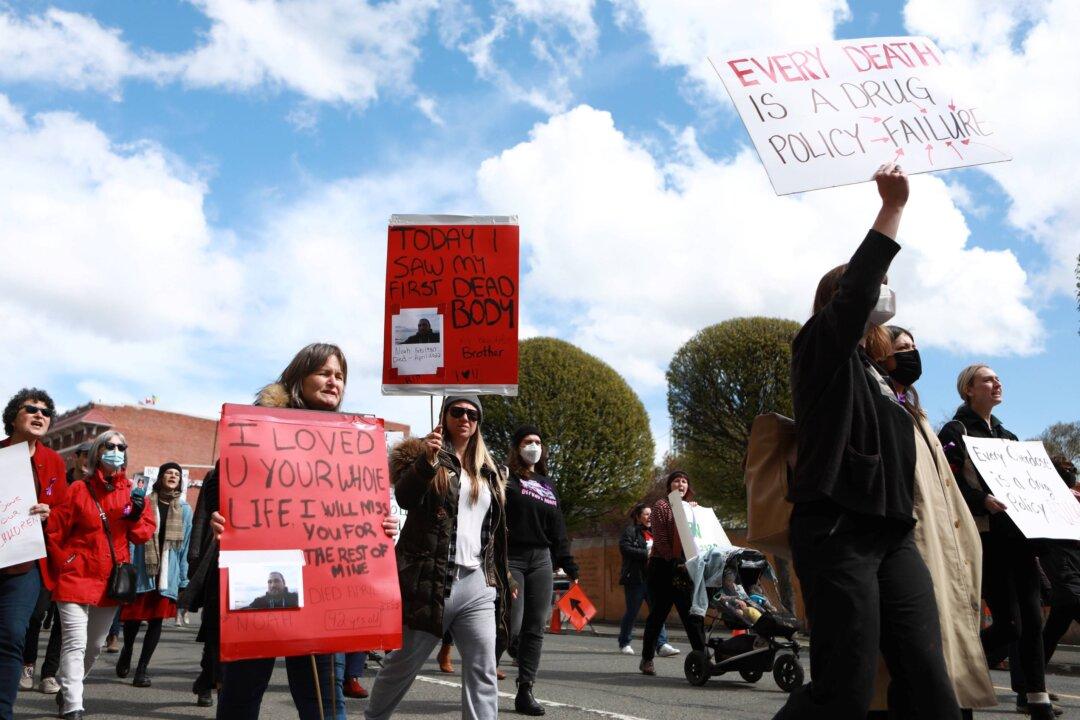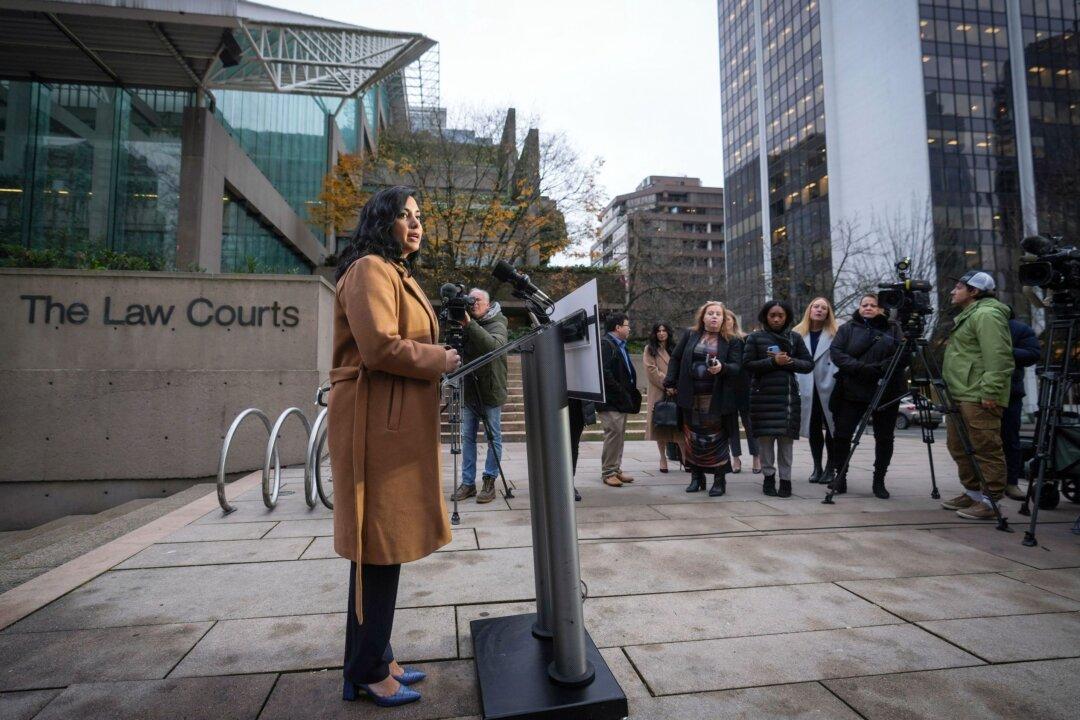Almost three years into the experimental opiate “safer supply” program in British Columbia and no one, including those handing out the pills, seems to know if it is working or making the problem worse. There’s no shortage of opinions arguing on either side of the debate, but recent reports suggest that the facts remain in short supply.
Safe supply initiatives fall under the broad category of harm reduction programs. For opiate addiction, the program typically involves the prescription and distribution of pills like hydromorphone, a medical-grade opioid that is as potent as heroin, to addicts. The underlying hope is that addicts will then forgo possibly tainted illicit street drugs in favour of the “safer” government-provided pills.
More than 40,000 Canadians have lost their lives to opioid overdoses since 2016, and B.C. is one of the world’s first jurisdictions to take the “safer supply” route in an effort to quell opioid overdoses.
According to the report, the government is conducting the program in a rather haphazard way. B.C. health authorities failed to maintain basic standards for administering an experimental trial and neglected their obligation to publish data on how the program is doing. The data was supposed to be publicly available by September 2022, more than 18 months ago.
The bureaucrats in charge say they have the data to support their claims about the success of the program, yet one has to wonder why—three years in—no data is available to support those claims.
So where is this rigorous scientific evidence for safer supply programs?
Those who advocate for them always claim the moral high ground because of “evidence-based studies.” But such studies appear to be in short supply.
A lack of medical evidence is likely related to another major issue outlined in the auditor general’s report—“prescriber hesitancy.” That is, there are only a limited number of doctors who are willing to write prescriptions for the potent opioids used in safer supply.
However, there is plenty of evidence for one disturbing aspect of this program—diversion. This is a practice whereby safer supply pills (primarily hydromorphone) given to addicts are subsequently sold (or diverted) to drug traffickers and/or organized crime groups to obtain more potent and illicit drugs like fentanyl.
Drug policies such as safe supply have long bypassed appropriate scientific scrutiny because they supposedly save lives. But the question still remains: Do they? And at what cost to addicts and the rest of society?






